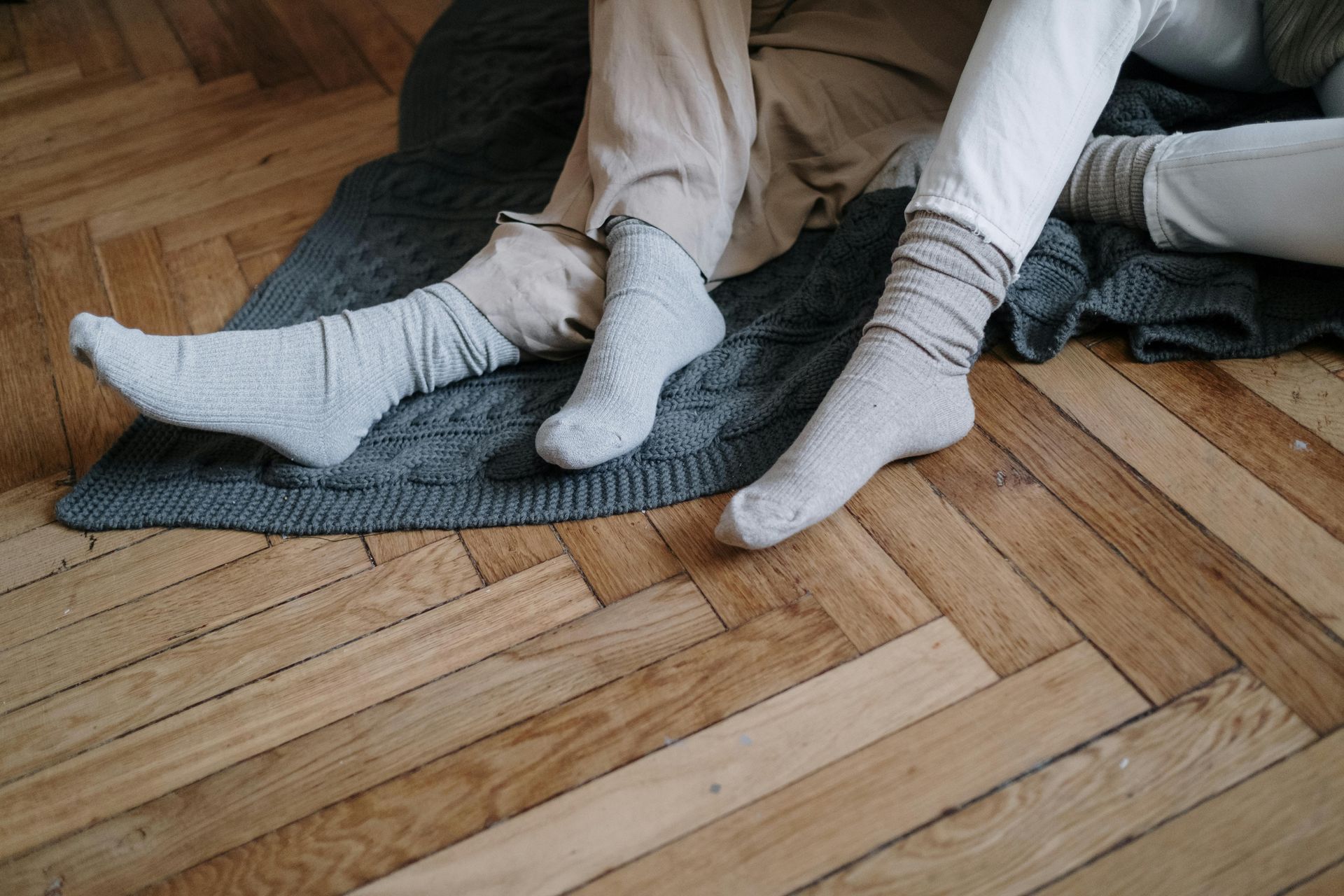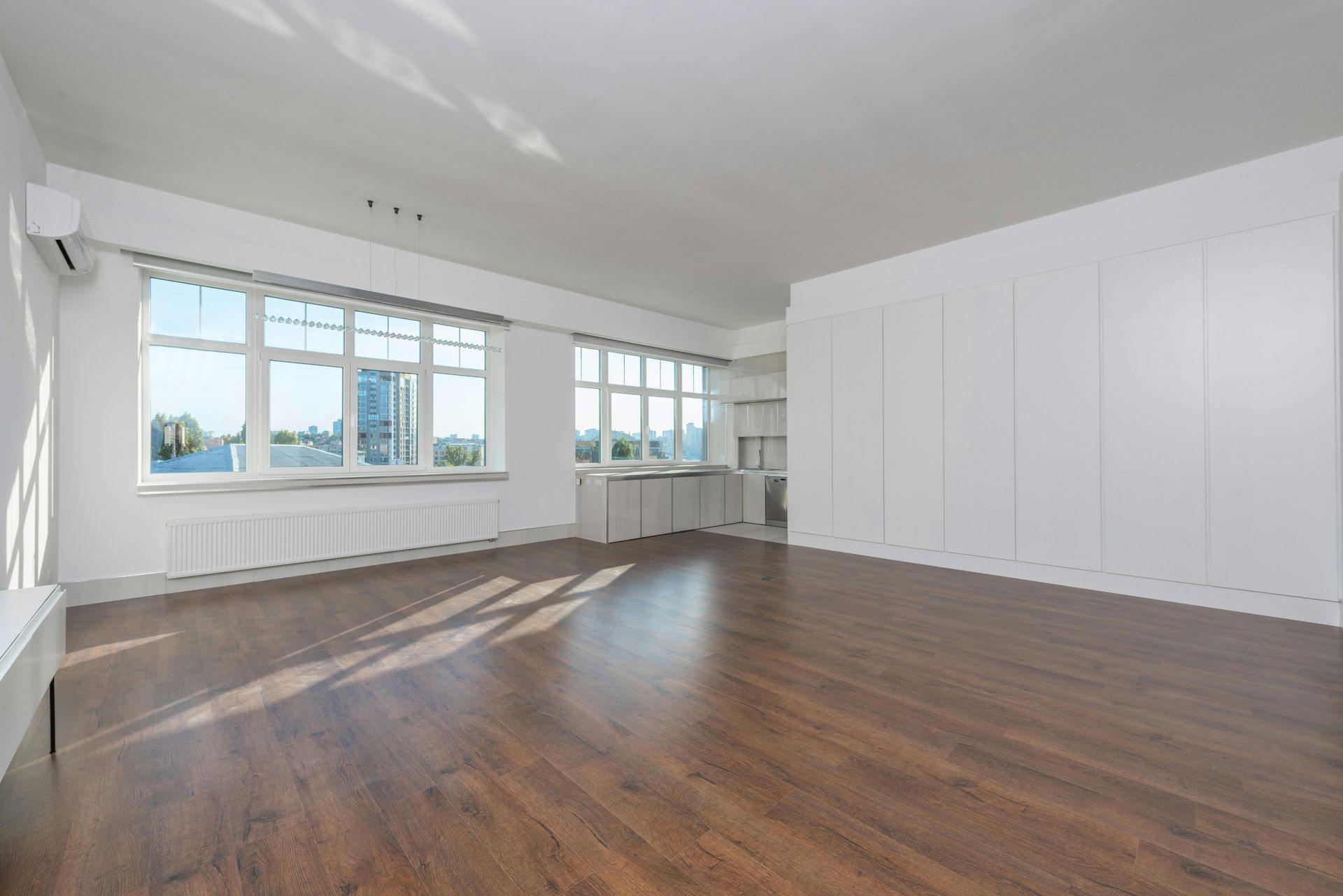DIY Carpet Installation Tips

Carpet installation is a task that can transform the look and feel of your home. While it may seem daunting at first, with the right tools, preparation, and guidance, you can achieve professional-looking results on your own. This comprehensive guide will walk you through the steps of DIY carpet installation, ensuring you get the most out of your investment. Whether you're in Madison, WI, or Middleton, these tips are tailored to help you succeed.
Why Choose DIY Carpet Installation?
Before diving into the steps, let's explore why you might choose to install your carpet yourself:
- Cost Savings: Professional installation can be expensive. By doing it yourself, you save on labor costs.
- Control and Satisfaction: Installing your carpet gives you complete control over the process and a sense of accomplishment.
- Flexibility: You can work on your own schedule without having to coordinate with professional installers.
Tools and Materials Needed
To start your DIY carpet installation, gather the following tools and materials:
- Carpet
- Carpet pad
- Tack strips
- Carpet knife
- Measuring tape
- Carpet stretcher
- Seam roller
- Knee kicker
- Utility knife
- Staple gun
- Carpet adhesive or double-sided tape
Step-by-Step Guide to Carpet Installation
1. Measure the Room
Accurate measurement is crucial for a successful carpet installation. Measure the length and width of the room to determine how much carpet and padding you will need. Remember to add a few extra inches to your measurements to account for trimming and fitting.
2. Prepare the Subfloor
Ensure the subfloor is clean, dry, and level. Remove any old flooring, nails, or debris. If the subfloor is uneven, consider using a leveling compound to create a smooth surface.
3. Install Tack Strips
Tack strips are essential for securing the carpet in place. Nail the tack strips around the perimeter of the room, leaving a gap of about half an inch from the wall. Be careful not to place them in doorways or other high-traffic areas where they might cause discomfort.
4. Lay the Carpet Padding
Roll out the carpet padding and trim it to fit the room. Secure it to the subfloor using a staple gun or adhesive, ensuring it is smooth and free of wrinkles. Padding adds comfort and extends the life of your carpet.
5. Cut the Carpet
Unroll the carpet and cut it to fit the room, leaving a few extra inches on each side. Use a carpet knife to make precise cuts. For larger rooms, you may need to seam multiple pieces of carpet together. Make sure the pile direction is consistent to avoid visible seams.
6. Attach the Carpet to Tack Strips
Starting in one corner, use a knee kicker to stretch the carpet and hook it onto the tack strips. Work your way around the room, ensuring the carpet is taut and smooth. Use a carpet stretcher for larger areas to achieve a professional finish.
7. Trim Excess Carpet
Once the carpet is secured, trim the excess along the edges using a utility knife. Tuck the edges between the tack strip and the wall using a stair tool or putty knife for a clean finish.
8. Seam the Carpet
If you have seams, apply carpet adhesive to the edges and press them together using a seam roller. Ensure the seam is tight and the pile direction matches. Allow the adhesive to dry completely before walking on the seam.
9. Finish Up
Finally, vacuum the newly installed carpet to remove any loose fibers and give it a polished look. Check for any areas that may need additional stretching or trimming.
Carpet Installation Tips for Madison, WI, and Middleton
Residents of Madison, WI, and Middleton should consider the following local tips:
- Climate Considerations: The humid summers and cold winters in Wisconsin can affect carpet installation. Ensure your home is climate-controlled during installation to avoid expansion or contraction issues.
- Local Regulations: Check local building codes and regulations to ensure compliance, especially if you live in an older home.
- Quality Materials: Invest in high-quality carpet and padding suitable for the local climate to ensure durability and comfort.
For professional assistance or more detailed guidance, visit Floors for Less Carpet Installation Services.
FAQs on DIY Carpet Installation
What tools are needed for DIY carpet installation?
Basic tools include a carpet knife, measuring tape, tack strips, knee kicker, and carpet stretcher.
How do I measure my room for carpet installation?
Measure the length and width of the room, adding extra inches for trimming and fitting.
Can I install carpet over an uneven subfloor?
No, the subfloor should be clean, dry, and level for a smooth carpet installation.
How do I secure the carpet to the floor?
Use tack strips around the room's perimeter and stretch the carpet onto the strips with a knee kicker.
What is the purpose of carpet padding?
Carpet padding adds comfort, insulation, and extends the carpet's lifespan.
How do I handle carpet seams?
Apply carpet adhesive to the edges and press them together with a seam roller.
Can I install carpet myself if I have no experience?
Yes, with proper preparation and tools, DIY carpet installation is achievable for beginners.
What should I do if my carpet has wrinkles after installation?
Use a carpet stretcher to smooth out wrinkles and ensure the carpet is taut.
Is it necessary to acclimate carpet before installation?
Yes, let the carpet acclimate to the room's temperature and humidity for 24-48 hours before installation.
How do I maintain my new carpet?
Regular vacuuming and professional cleaning every 12-18 months will keep your carpet looking fresh.
By following these steps and tips, you can achieve a professional-looking carpet installation in Madison WI or Middleton that enhances the beauty and comfort of your home. Happy carpeting!







